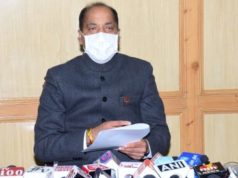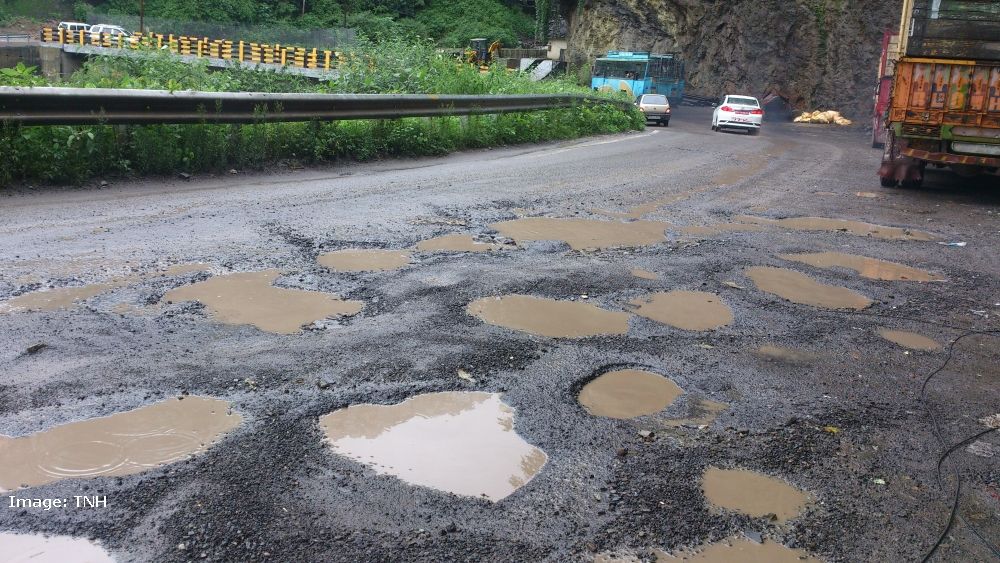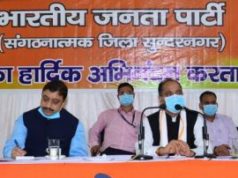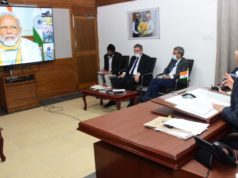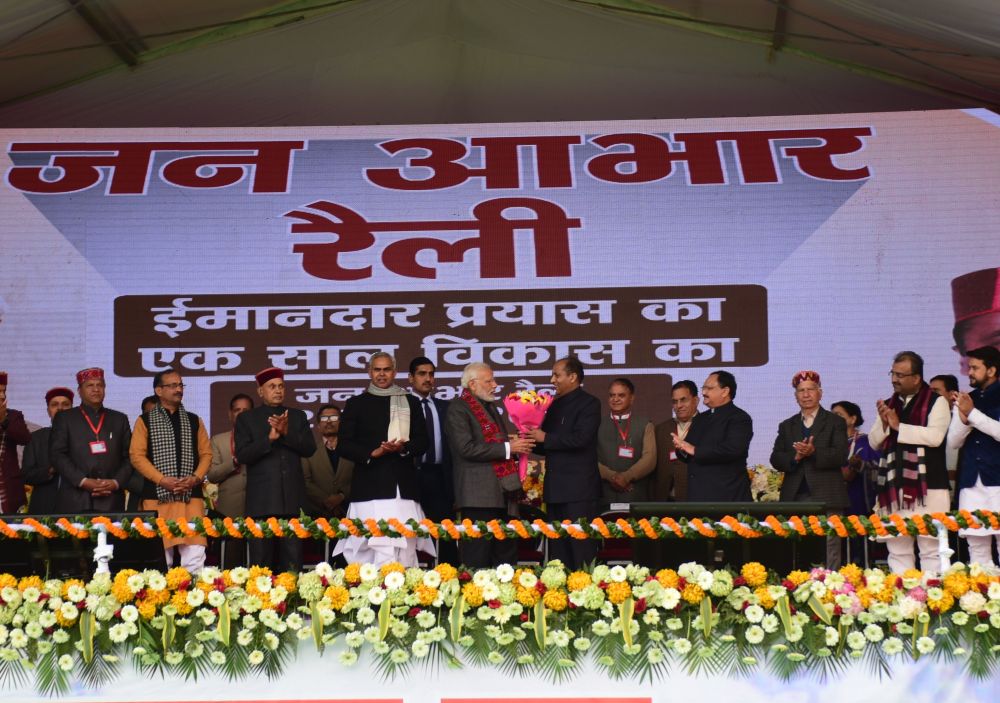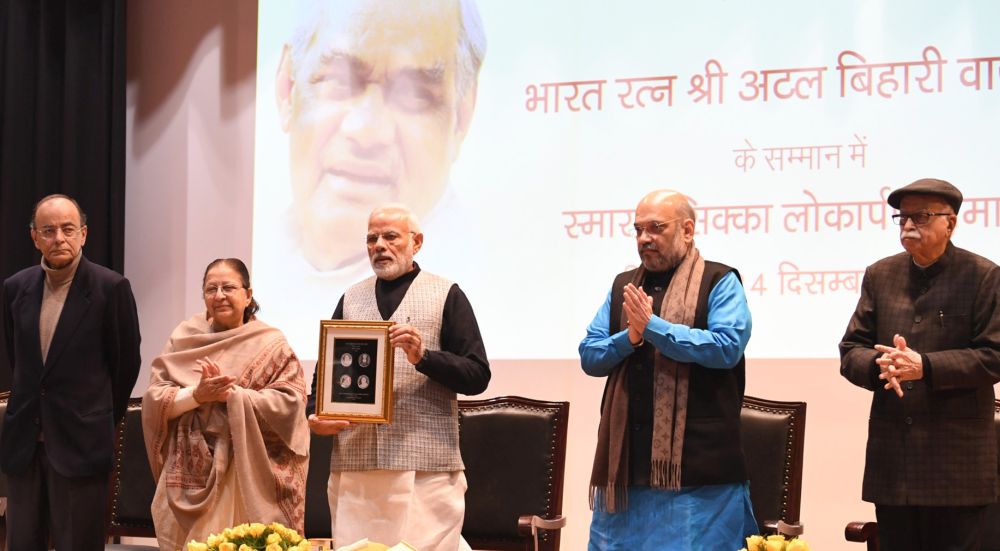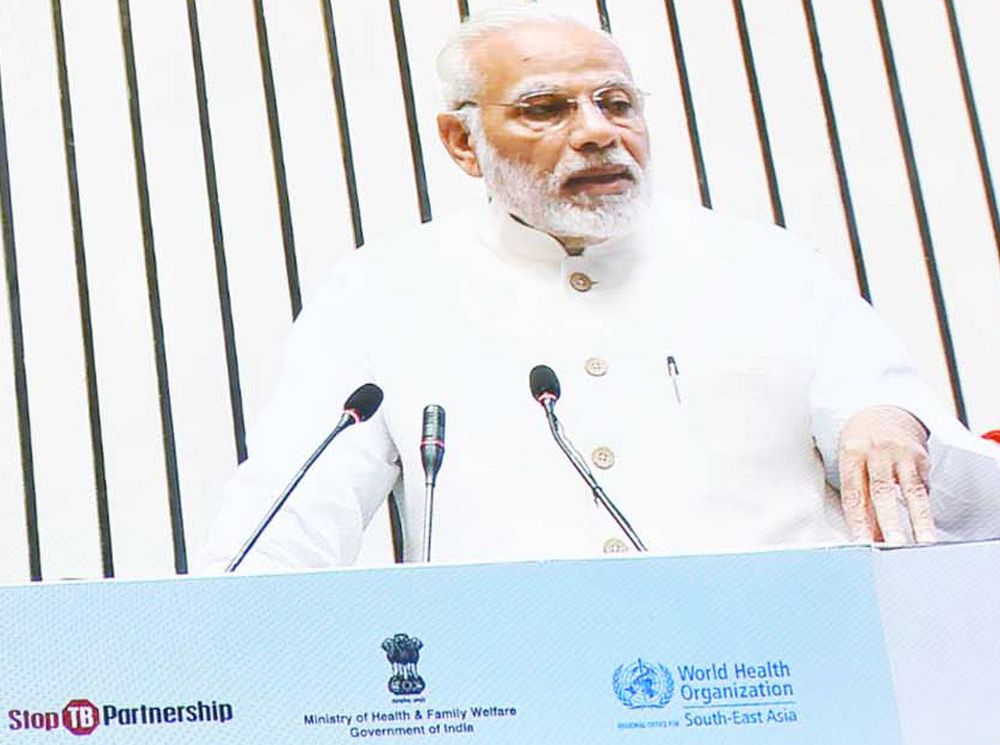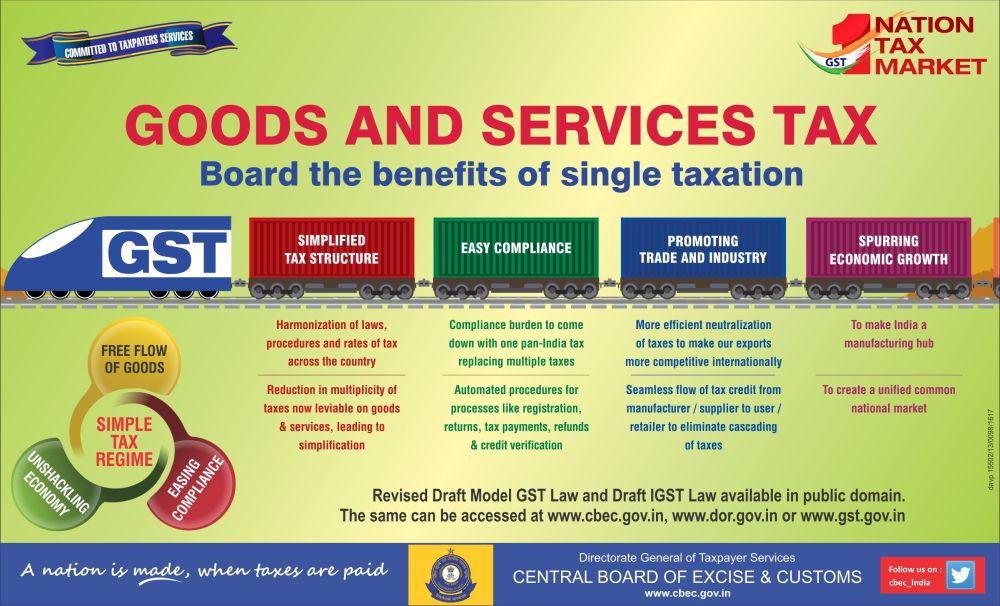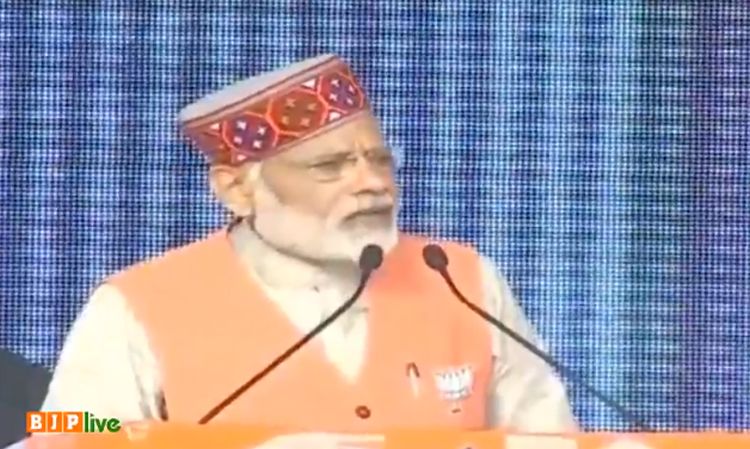“Well begun is half done.” That was what the famous Greek philosopher said. Union Cabinet’s decision of doing away with the Lal Batti culture is a good start for a battle that can prove to be a long one.
On Wednesday, April 19, 2017, the Union Cabinet decided to amend the Motor Vehicle Rules to end the use of red or any coloured beacon by all, including the President, Vice President and the Prime Minister. “Every Indian is special. Every Indian is a VIP,” Prime Minister Narendra Modi tweeted soon after.
“The Union Cabinet, in its meeting chaired by Prime Minister Narendra Modi today decided to do away with beacons of all kinds atop all categories of vehicles in the country. The government is of the considered opinion that beacons on vehicles are perceived symbols of VIP Culture, and have no place in a democratic country. They have no relevance whatsoever. Beacons, however, will be allowed on vehicles concerned with emergency and relief services, ambulance, fire service etc. In the light of this decision the Ministry of Road Transport & Highways will make necessary provisions in the law,” was the brief statement by the Ministry of Road Transport & Highways.
Immediately, the next day, i.e. on Thursday, April 20, 2017, gazette notification was issued.
Soon after, the television channels and news portals were flashing the breaking news even as the social media was full of gleeful messages. The wide spread joy at the news that had a direct bearing on few thousand people – those whose cars were allowed beacons, red, orange or any other colour – sent a message to the scores of tens and thousands of others. The message that can be seen as assurance. The message that can be seen as promise. The message that signifies a change. The message that can be seen to end discrimination.
The Supreme Court Ruling
The government has taken forward a Supreme Court ruling of December 2013. It had sought to restrict the use of red beacons even with an amendment in the relevant law. The Supreme Court, while hearing the petition on VIP culture, observed, “One of the issues highlighted in the note was that if the instinct of power is concentrated in few individuals, then naked greed for power will destroythe basics of democratic principles. But, what we have done in the last four decades would shock the most established political systems. … … … The best example of this is the use of symbols of authority including the red lights on the vehicles of public representatives from the lowest to the highest and civil servants of various cadres. The red lights symbolize power and a stark differentiation between those who are allowed to use it and the ones who are not”.
The Amicus Curiae in the case had informed that the red beacon had actually become a status symbol and those using such vehicles treat themselves as a class different than ordinary citizens. He also told the Court that “the widespread use of red lights on government vehicles in the country is reflective of the mentality of those who served British Government in India and threatened the natives as slaves.”
Cabinet Announcement brings cheers
Soon after the announcement by the Union Cabinet, Chief Ministers of several states announced removal of beacons from their cars. These included Chief Ministers of Maharashtra, Madhya Pradesh, Uttarakhand to name a few. Several other states too followed suit. It was an attempt at redemption so to say. Some others like the Chief Ministers of Tripura and Delhi have not been using red beacons earlier too. More recently, soon after their swearing in as Chief Ministers of Punjab and Uttar Pradesh, both Amarinder Singh and Yogi Adityanath declared that they will not be using any red beacon cars. Newspaper reports indicate that the Supreme Court Judges and the Election Commission of India have also ordered removing of beacons from their cars.
![]()
‘Every Indian is special. Every Indian is a VIP’
The Union Cabinet’s decision to do away with the lal batti culture is indeed a welcome step in right direction. Prime Minister Narendra Modi tweeted: “Every Indian is special. Every Indian is a VIP.”
After this, one can hope that the access or the privileges that come with the VIP tag would soon be gone and each Indian would have opportunities on par. One can hope the poor is not deprived of good education for his child because of some VIP quota snatched away his ward’s admission to good schools funded by government. One can hope that a patient from remote hamlet will get treatment for a rare heart problem and not be sent away because some people with influence are to be given preference at public health facilities.
We can take pride in the fact that it is the Prime Minister who has himself promised: “Every Indian is special. Every Indian is a VIP.” Let us hope that this step will bring an end to the clout that red beacon symbolized.
Article is written by Nivedita Khandekar, an independent journalist based in Delhi. She writes on environmental, developmental and social issues. The opinions expressed above are her personal.


